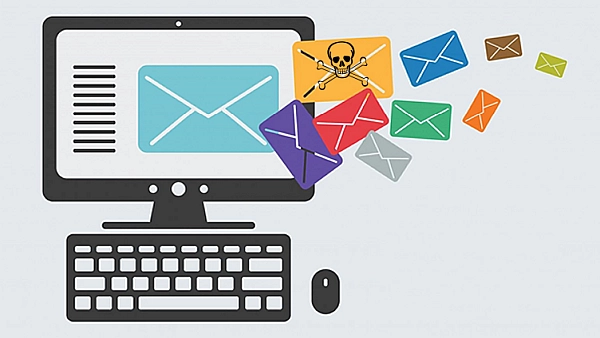One of the topics covered at the cyber security conference I was at last week was how AI tools such as ChatGPT are helping threat actors refine the social engineering messages that enable the success of an email phishing attack. Our Cyber Security Awareness Training still includes looking out for bad phrasing and grammar in an email as an indicator that it is a phishing attack, but I now need to include that perfect phrasing and grammar is not an indicator of legitimacy.
We were treated to live demonstration of how ChatGPT could be used to produce a series of emails, for the British victim, to get them to open a file or click on a link. This now means the same attack delivered to you and your colleague across the room would have different believable messages.
Email phishing – context is everything
You may have a perfectly crafted email but our training is more than just wtahcing out for spelling mistakes! Context plays a big part in spotting the phishing attacks that get past your technical defences and that is what the training does. It gets your team thinking about context and from there making the right decisions to keep you from being infected by malware or them giving away valuable credentials.
The changing threat
One of my favourite post types at SANS are the ones that take apart current phishing campaigns, looking at the message, the tactics and the payload. They add to my experience and they can add to yours. Because what we teach last week, can be so last week!
Here is the latest by Jan Kopriva:
Cyber Security Awareness Training
We do not have a “one size fits all” offering. Have a look and see if we cannot help you cope with those phishing emails that get past your technical fences.
Clive Catton MSc (Cyber Security) – by-line and other articles
Further Reading



